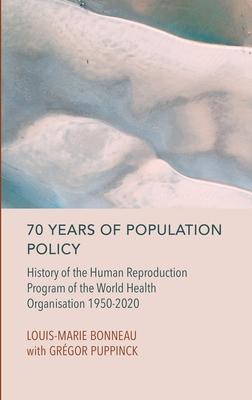In response to the close link between economic and population issues recognized by the United Nations in 1957, the World Health Organization (WHO) was prompted to address the concerns of developing nations dealing with slow economic growth and high population growth by 1964. Establishing the Human Reproduction Unit in 1965, WHO outlined its strategy in 1965, acknowledging the repercussions of population changes on health conditions. A pivotal development occurred in 1970 when global organizations convened to discuss a research program on human reproduction, leading to the creation of the Expanded Programme of Research, Development, and Research Training in Human Reproduction (HRP) in 1971. The HRP, with its scientifically authoritative and neutral methods, significantly contributed to the development of contraception methods, which are still in use today. Additionally, the program played a role in disseminating these methods through a discourse rooted in human rights principles. This historical narrative highlights WHO's enduring commitment to addressing global health challenges related to population and reproductive health.

70 Years of Population Policy: History of the Human Reproduction Program of the World Health Organisation 1950-2020
In response to the close link between economic and population issues recognized by the United Nations in 1957, the World Health Organization (WHO) was prompted to address the concerns of developing nations dealing with slow economic growth and high population growth by 1964. Establishing the Human Reproduction Unit in 1965, WHO outlined its strategy in 1965, acknowledging the repercussions of population changes on health conditions. A pivotal development occurred in 1970 when global organizations convened to discuss a research program on human reproduction, leading to the creation of the Expanded Programme of Research, Development, and Research Training in Human Reproduction (HRP) in 1971. The HRP, with its scientifically authoritative and neutral methods, significantly contributed to the development of contraception methods, which are still in use today. Additionally, the program played a role in disseminating these methods through a discourse rooted in human rights principles. This historical narrative highlights WHO's enduring commitment to addressing global health challenges related to population and reproductive health.